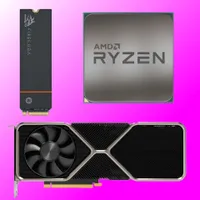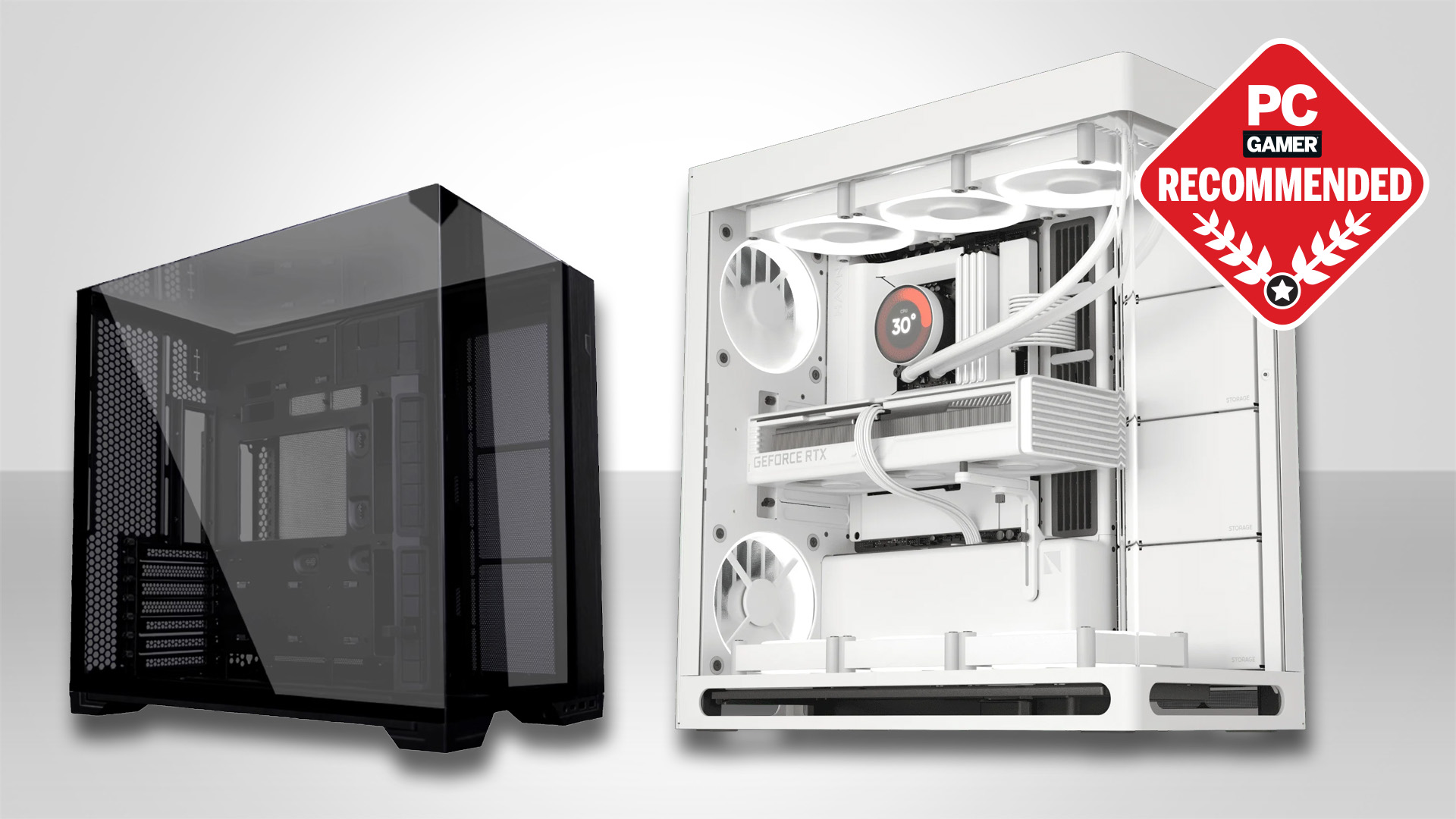Nvidia's Jen-Hsun Huang says Chinese competitors are 'quite formidable' just days after the announcement of a Chinese RTX 4060-level GPU powering up
'They are doubling, quadrupling capabilities every year.'

US export controls have increasingly stopped GPUs with certain AI capabilities from getting into China, and just this week, Nvidia stated the US's ban of H20 chips into the country meant a 'multibillion-dollar write-off' for the tech company. Though these protectionist policies from the US are not keeping China from building its own GPUs, as a new China-made GPU has powered up.
Lisuan Technology, a Chinese startup, has been developing the "first self-developed architecture and fully independent intellectual property GPU chip", and it turned on this week. This was announced in a recent WeChat post, alongside additional guarantees to "carry out detailed and comprehensive software and hardware testing and driver optimization work."
According to Tom's Hardware, the 6 nm GPU chip is targeting RTX 4060-level performance, and is currently titled the G100. Lisuan has reportedly been working on the G100 since 2023, with plans to launch it in 2023, so there is a level of skepticism around whether or not it can actually hit that RTX 4060 performance level.
Despite being a budget card from the last generation, the RTX 4060 is still an impressive card, built on the 5 nm process from TSMC. The smaller the process, the higher the density of transistors, and this results in better performance and efficiency.
Effectively, it's harder (and sometimes impossible) to get the same performance out of older processes.

The G100 powering on is a good sign for the card, but it's the first of many steps before it can actually see a launch into the Chinese market. Further optimising and just plain testing is needed, especially as it's targeting "the needs of desktops, notebooks, graphic workstations and other devices."
Huang tells Bloomberg, "The Chinese competitors have evolved" and Huawei, with its new AI chips, has become "quite formidable." Given that the domestic ability to create processes for the G100 is quite limited, it is likely that Huawei's Ascend 920 and Lisuan's G100 are using silicon from the same Chinese foundry: SMIC. This is all according to estimations from Tom's Hardware.
Keep up to date with the most important stories and the best deals, as picked by the PC Gamer team.
According to Huang, “Like everybody else, they [Chinese companies] are doubling, quadrupling capabilities every year." This is all to build towards a central point that Huang wants "all of the world's AI researchers and all of the world's developers to be building on American stacks".
This is reportedly "irrespective of the near-term revenue success that we have", though opening up sales to a bigger market surely can't hurt the hardware giant.
Best CPU for gaming: Top chips from Intel and AMD.
Best gaming motherboard: The right boards.
Best graphics card: Your perfect pixel-pusher awaits.
Best SSD for gaming: Get into the game first.

James is a more recent PC gaming convert, often admiring graphics cards, cases, and motherboards from afar. It was not until 2019, after just finishing a degree in law and media, that they decided to throw out the last few years of education, build their PC, and start writing about gaming instead. In that time, he has covered the latest doodads, contraptions, and gismos, and loved every second of it. Hey, it’s better than writing case briefs.
You must confirm your public display name before commenting
Please logout and then login again, you will then be prompted to enter your display name.


